Vice President of the Vietnam Tax Consulting Association Nguyen Dinh Cu presented an accounting formula showing that with the option of applying a 5% VAT on fertilizers, business profits will increase by the exact amount of deducted tax, while farmers will not have to bear the impact of increased production costs.
At the seminar "Consulting on the impact of applying a 5% value-added tax (VAT) rate on the fertilizer industry" on the afternoon of October 17, Mr. Nguyen Dinh Cu, Vice President of the Vietnam Tax Consulting Association, acknowledged that most National Assembly delegates and ordinary consumers would understand that if VAT is added, product prices will increase.
Researching the subjects affected by the adjustment of VAT policy on fertilizers, Mr. Cu said that for farmers, the purchase price of fertilizers may increase compared to imported goods because of the additional 5% input VAT.
On the contrary, farmers using domestic fertilizers will not see an increase in price, and may even see a decrease, because domestic producers are refunded input tax, which has the basis to reduce production costs. In particular, farmers have the opportunity to reduce production costs in the long term due to the decrease in fertilizer prices.
The State will have additional revenue from VAT on imported goods, strengthen tax management, and create an equal tax environment.
Mr. Nguyen Dinh Cu, Vice President of Vietnam Tax Consultants Association (Photo: Phuong Thao)
Enterprises are subject to 5% output VAT but are allowed to deduct input, thereby separating tax costs from production costs and cost of goods sold, which is the basis for reducing selling prices to consumers. According to incomplete statistics, VAT on fertilizers accounts for an average of only 6-7% of production costs, so when converted to selling prices, it will still be higher than the 5% tax rate.
However, this expert also noted that the current common problem is that VAT refunds are still heavily congested in many industries, the settlement process is very slow, so if VAT is applied, the delay in refunding will affect the finances of businesses.
Providing a specific calculation plan in the cost accounting and VAT diagram, Mr. Nguyen Dinh Cu assumed that the cost of goods sold and production cost are 100,000 VND/ton of fertilizer; input VAT is 7,000 VND/ton; the enterprise sells to farmers at the market price of 110,000 VND/ton, deducting costs and input tax, the current profit excluding output VAT of the enterprise is 3,000 VND/ton.
In the proposed plan to apply a 5% tax rate to the current market price of fertilizer at 110,000 VND/ton, the selling price without this tax rate is 110,000:105%, or 104,762 VND/ton. The 5% VAT rate on this selling price is calculated at 5,238 VND/ton. Thus, the tax that domestic fertilizer producers must pay, calculated according to the formula of output tax rate minus input tax rate, is negative 1,762 VND/ton and will be deducted.
From the specific quantitative plan mentioned above, the Vice President of the Vietnam Tax Consulting Association affirmed that with the 5% VAT plan, business profits can increase by the exact amount of deductible tax. Meanwhile, farmers will not have to bear the impact of increased production costs due to the application of VAT. The state budget will reduce tax by 1,762 VND/ton, but will be offset by fertilizer import tax.
IPSC: Farmers can reduce 453 billion VND in domestic fertilizer costsThe quantitative analysis of the impact of imposing a 5% VAT on fertilizers by the Vietnam Private Sector Competitiveness Enhancement Project (USAID/IPSC) also has the same conclusion as the Vietnam Tax Consultants Association.
According to this report, the cost structure of fertilizer production will include: 74% raw materials, 6% fixed asset depreciation costs, 7% outsourced service costs, 6% other cash costs, 7% costs not subject to VAT.
Estimated change in fertilizer selling price after applying 5% output VAT by IPSC
Estimating the change in selling price after applying 5% output VAT, IPSC Project calculates the price of domestically produced fertilizers: Urea decreased by 2%, DAP decreased by 1.13%, Phosphate decreased by 0.87%, NPK increased by 0.09%. On the contrary, the price of imported fertilizers: Urea, NPK, DAP (directly for agricultural production) and SA, Potassium (input for fertilizer production) may increase by 5%.
For farmers who mainly use domestic fertilizers, if the selling price of fertilizers remains the same or decreases, the cost of using domestic fertilizers will be reduced by an estimated VND453 billion.
IPSC's analysis report states that when output VAT is applied, domestic fertilizer production enterprises can deduct input VAT, which will reduce pressure when investing/repairing, investing in new technology, and greening production. This is also a more preferential tax rate than the current VAT rate of 10%.
Currently, Vietnam has to import DAP 64 because it cannot be produced domestically. To meet this demand in the future and compete with imported goods, IPSC believes that VAT deduction will help businesses upgrade their technology in depth.
Most of the Urea factories in Vietnam were built over 10 years ago, therefore, the need to upgrade technology/machinery and equipment is necessary for domestic fertilizer production enterprises.


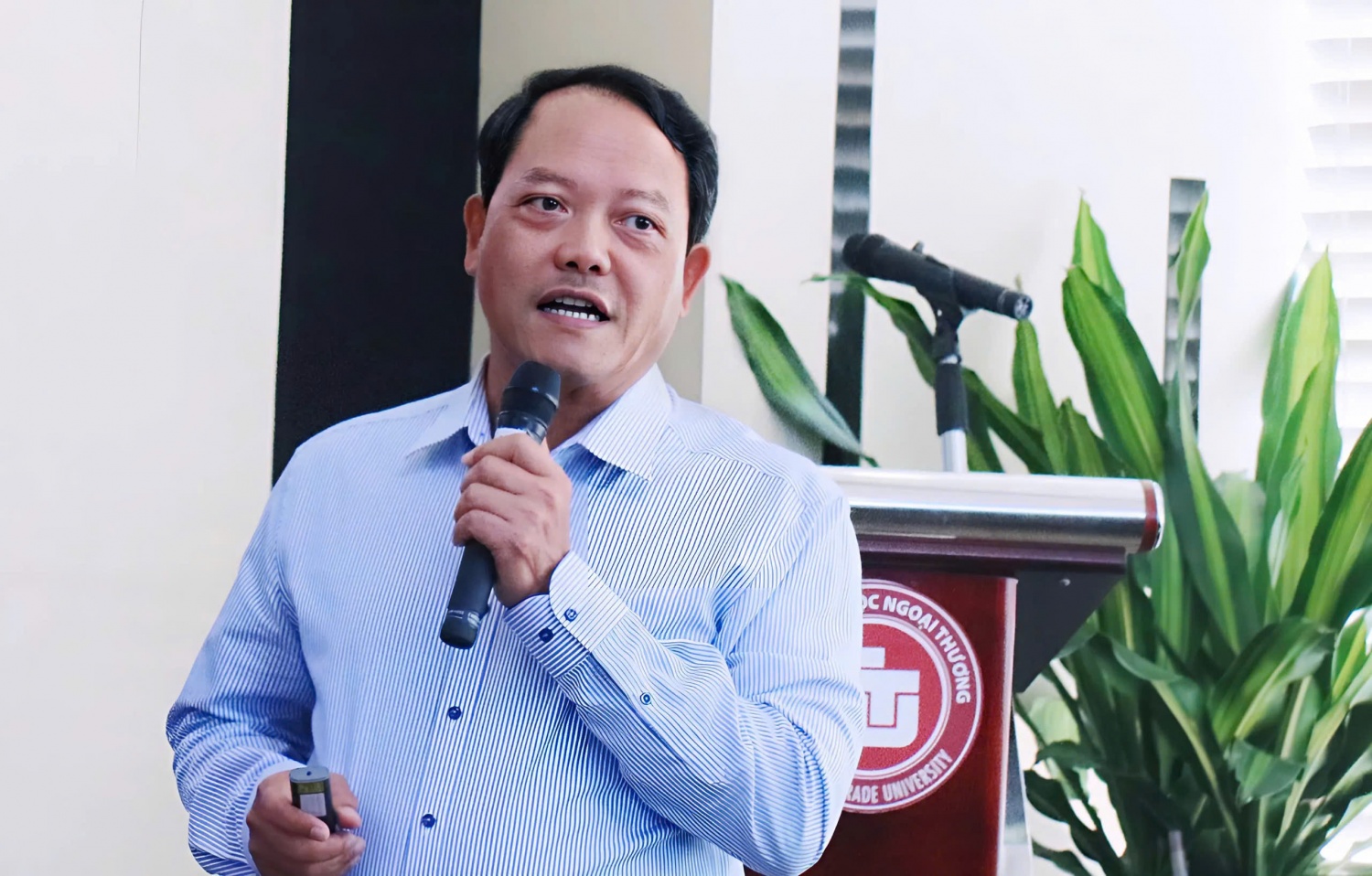
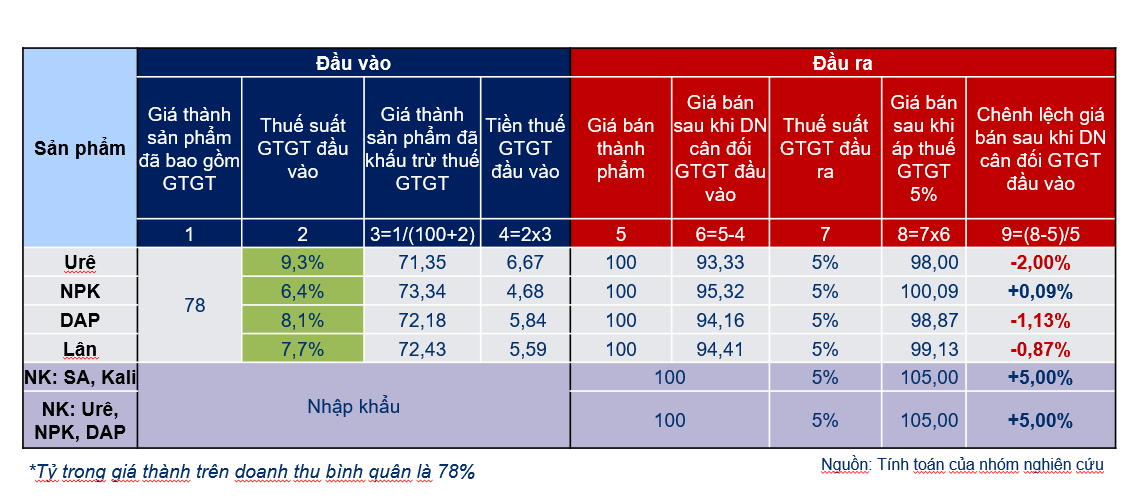
![[Photo] Special relics at the Vietnam Military History Museum associated with the heroic April 30th](https://vstatic.vietnam.vn/vietnam/resource/IMAGE/2025/4/3/a49d65b17b804e398de42bc2caba8368)

![[Photo] A brief moment of rest for the rescue force of the Vietnam People's Army](https://vstatic.vietnam.vn/vietnam/resource/IMAGE/2025/4/3/a2c91fa05dc04293a4b64cfd27ed4dbe)
![[Photo] Moment of love: Myanmar people are moved to thank Vietnamese soldiers](https://vstatic.vietnam.vn/vietnam/resource/IMAGE/2025/4/3/9b2e07196eb14aa5aacb1bc9e067ae6f)
![[Photo] Prime Minister Pham Minh Chinh chairs meeting after US announces reciprocal tariffs](https://vstatic.vietnam.vn/vietnam/resource/IMAGE/2025/4/3/ee90a2786c0a45d7868de039cef4a712)
![[Photo] General Secretary To Lam receives Japanese Ambassador to Vietnam Ito Naoki](https://vstatic.vietnam.vn/vietnam/resource/IMAGE/2025/4/3/3a5d233bc09d4928ac9bfed97674be98)


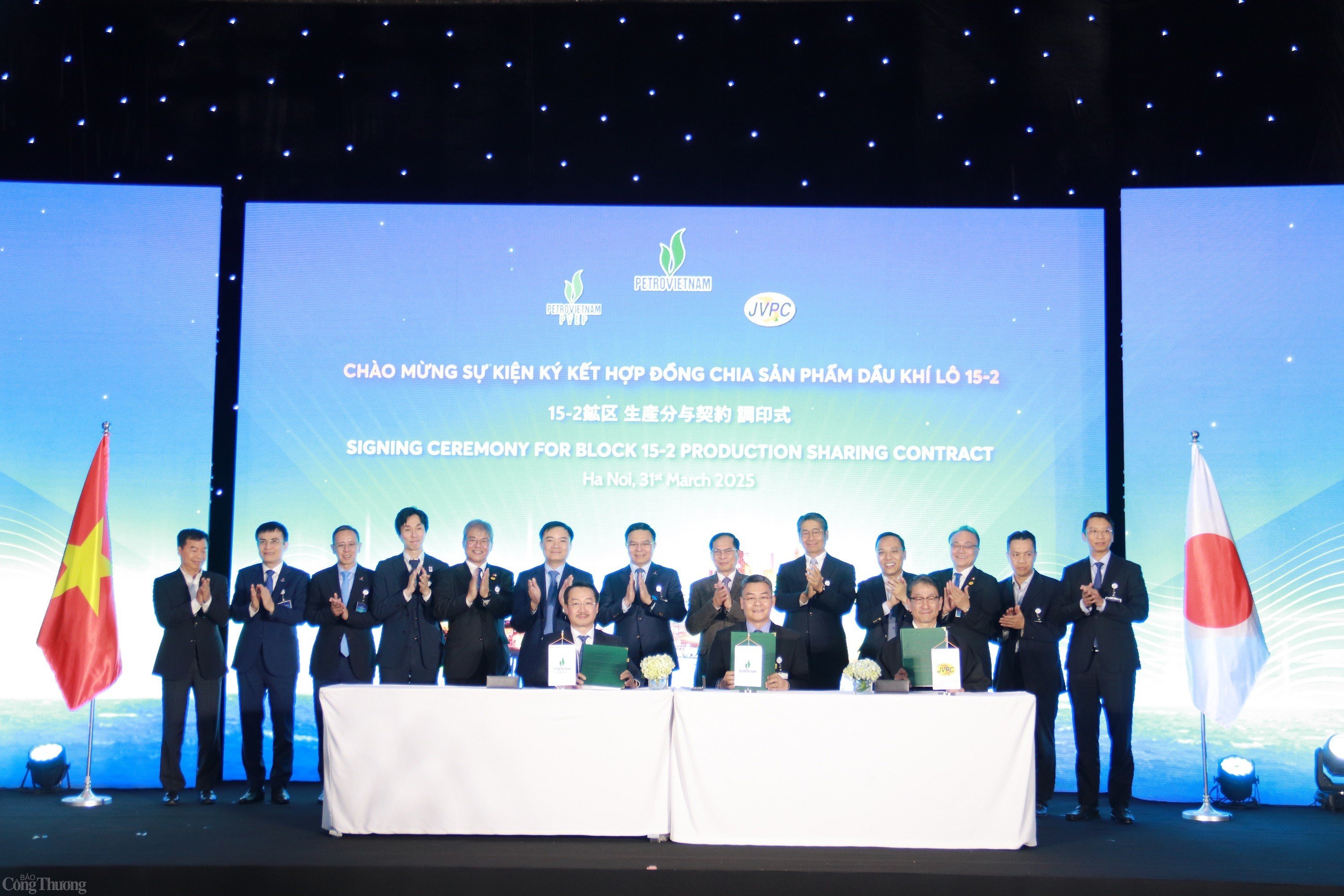



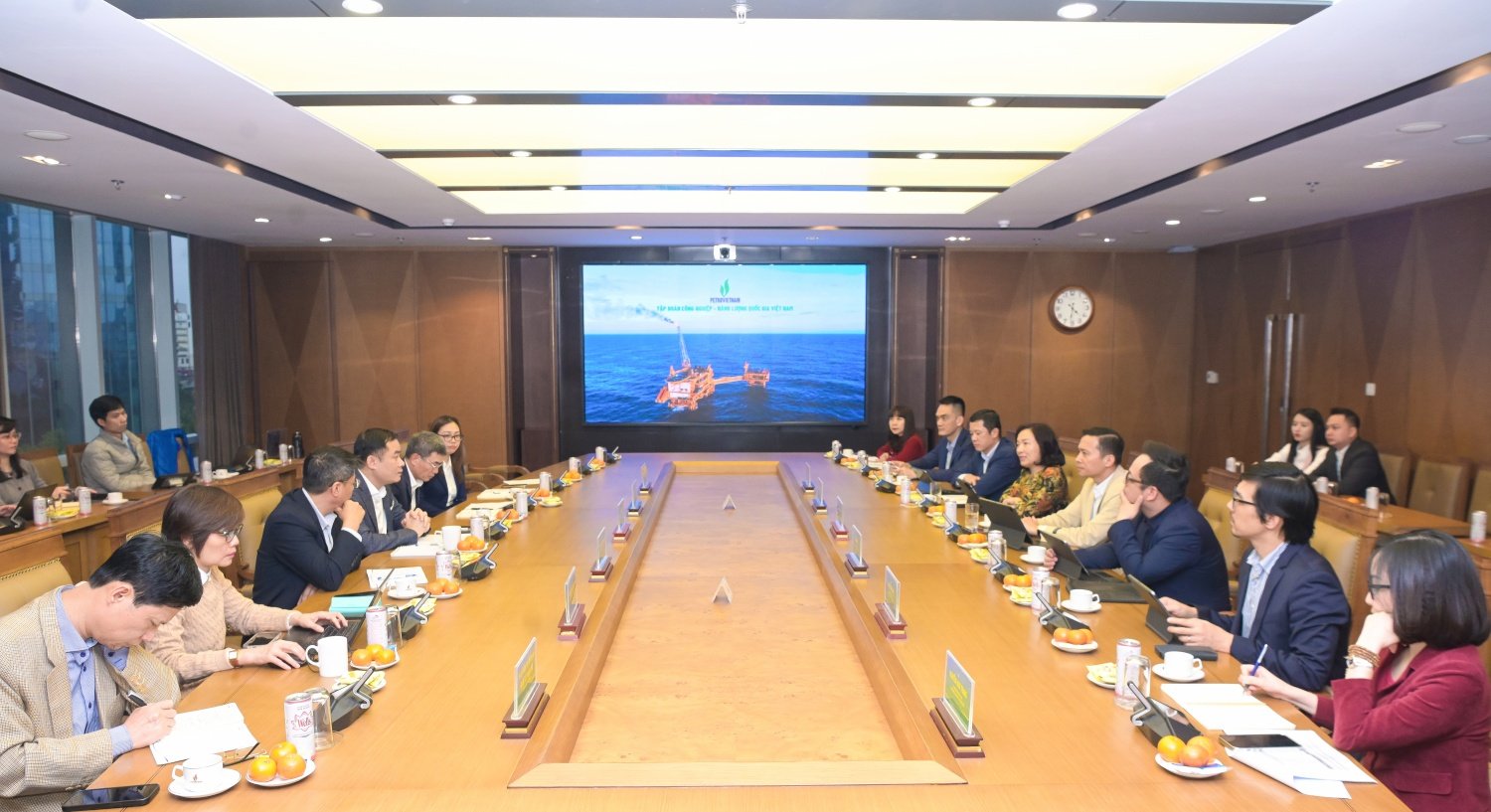

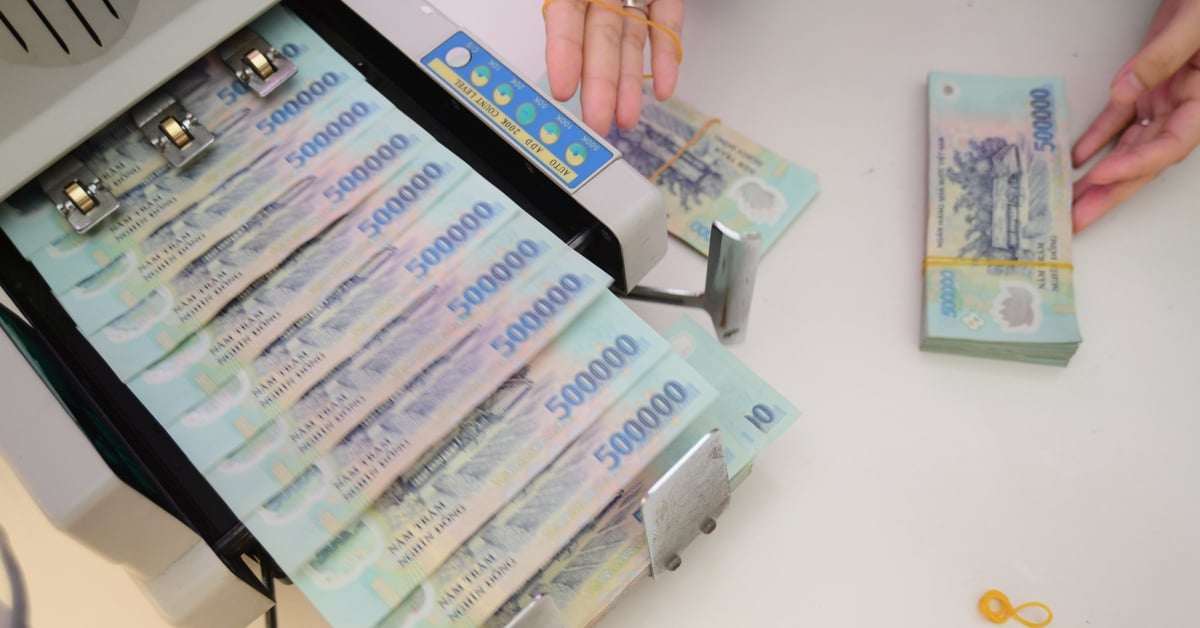
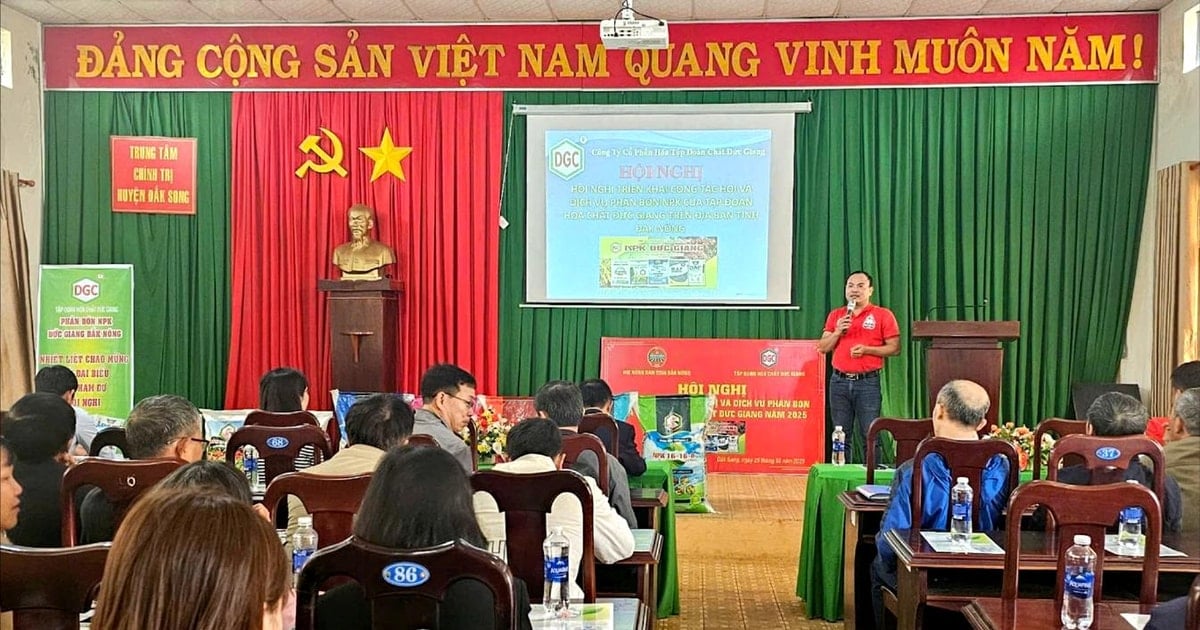
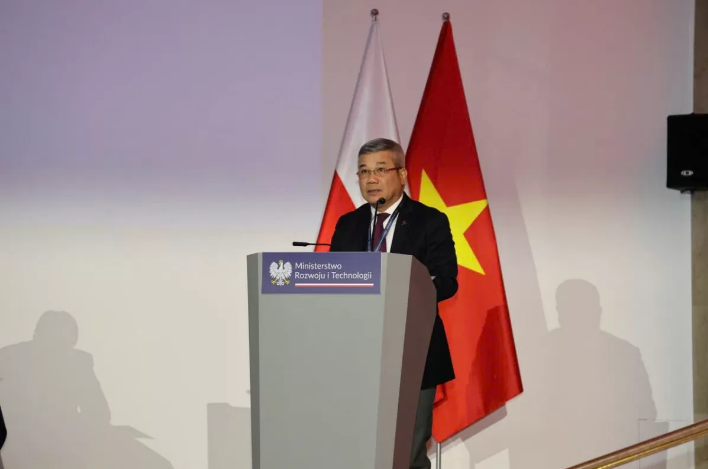

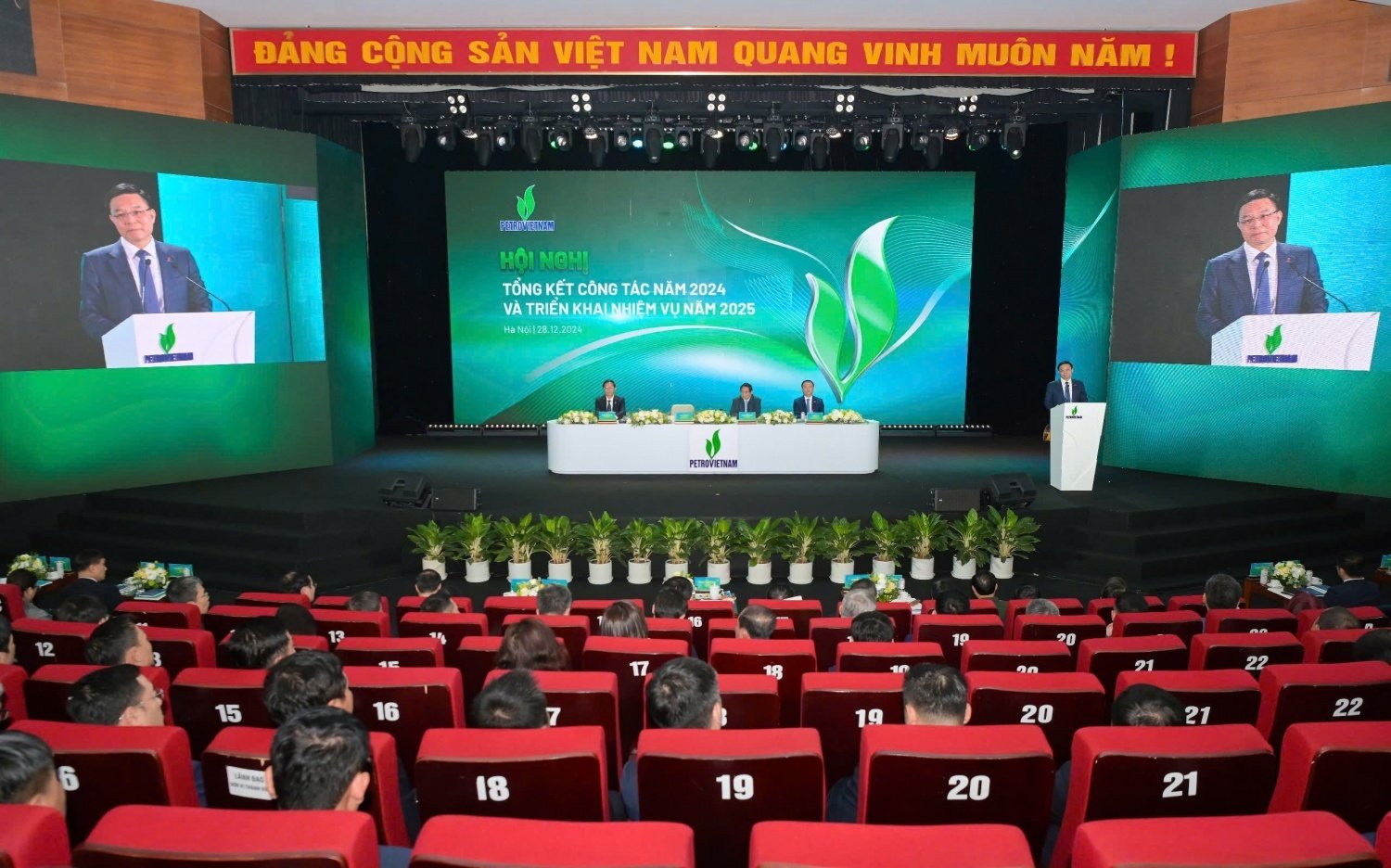

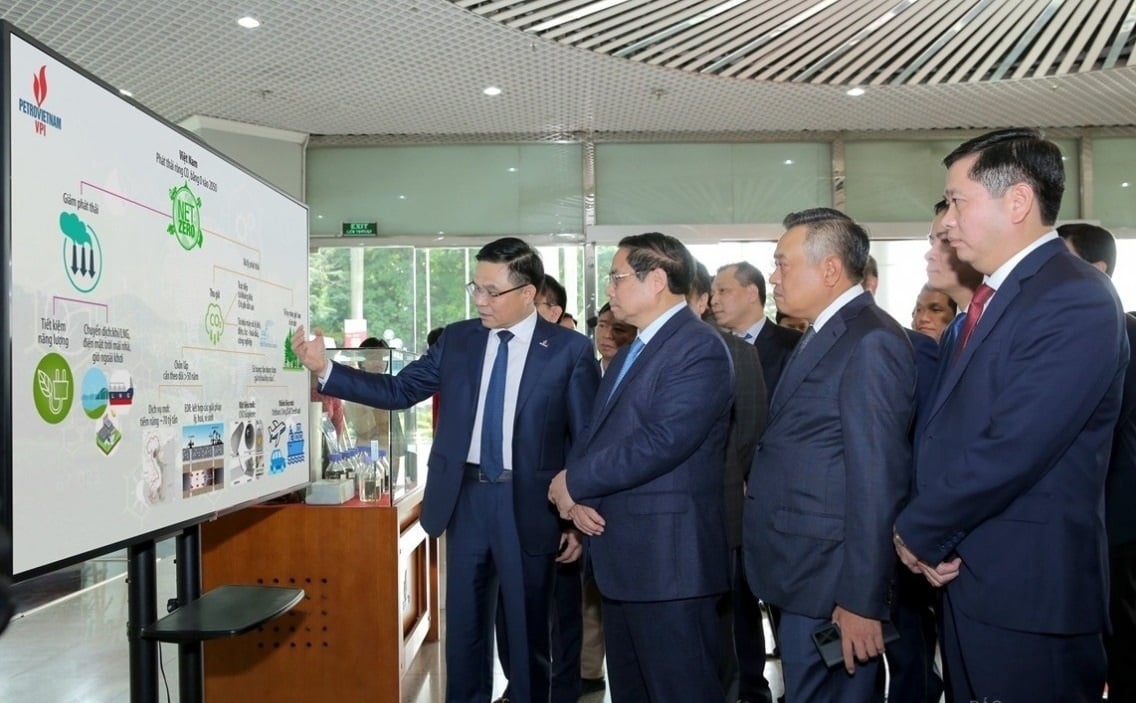
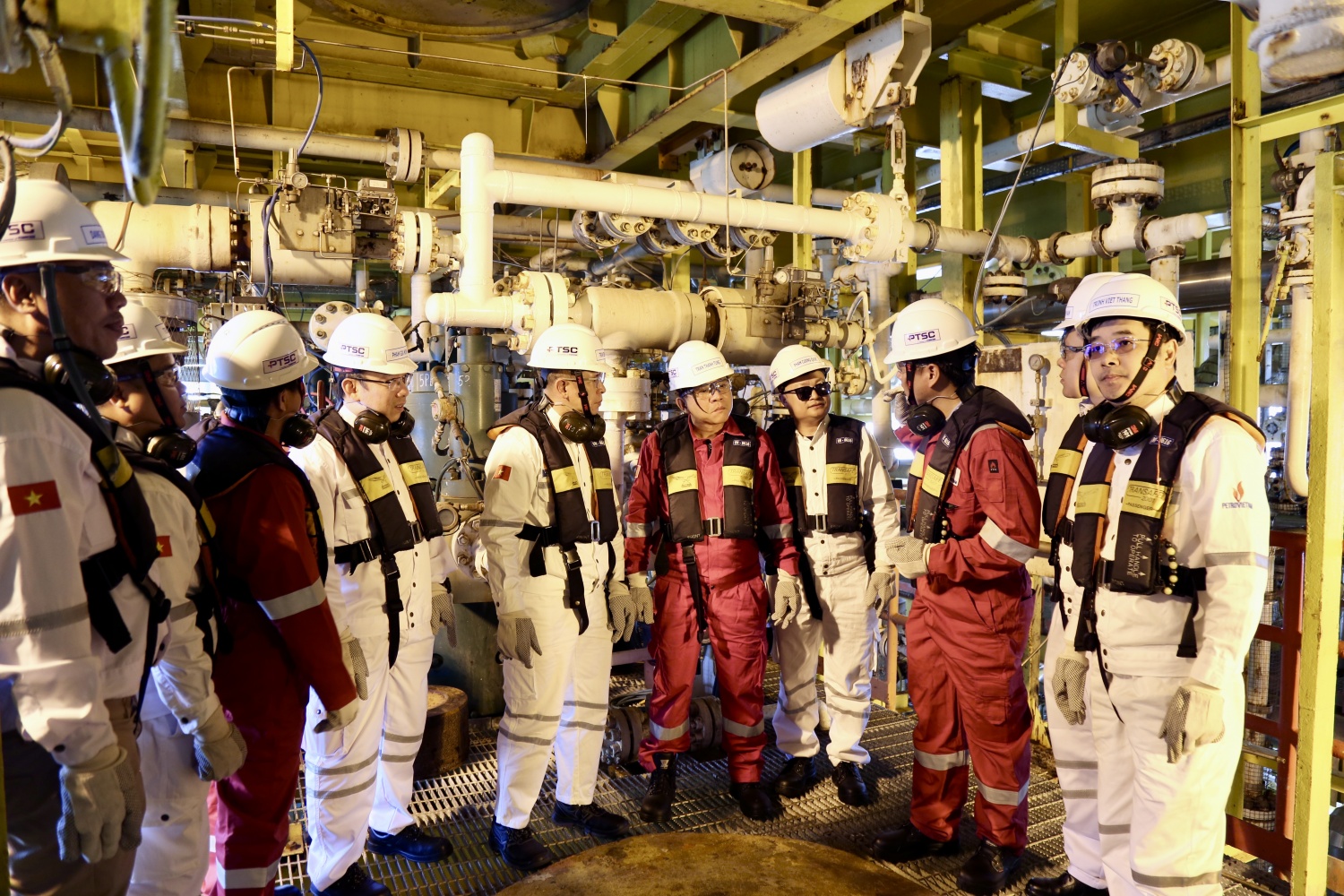




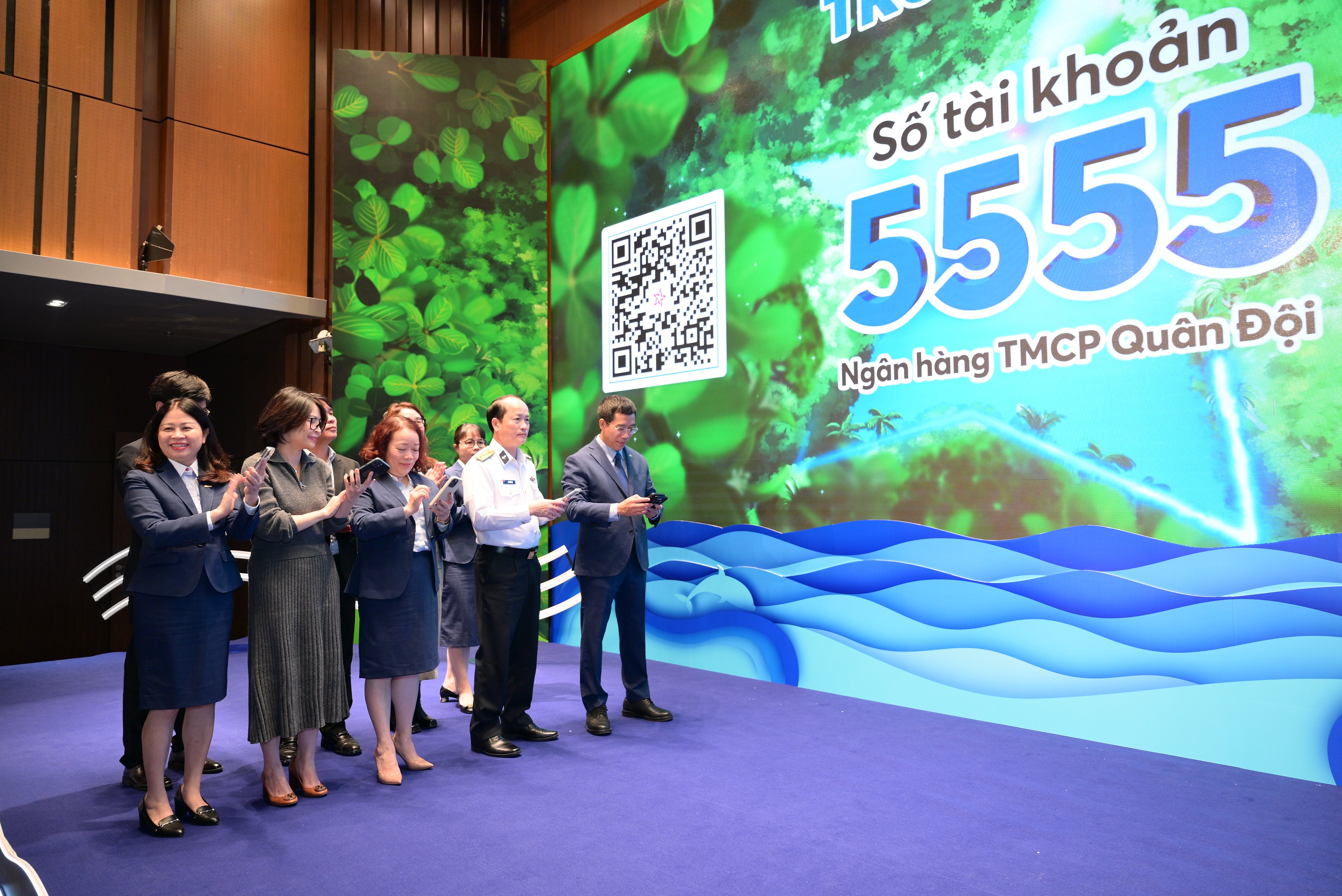



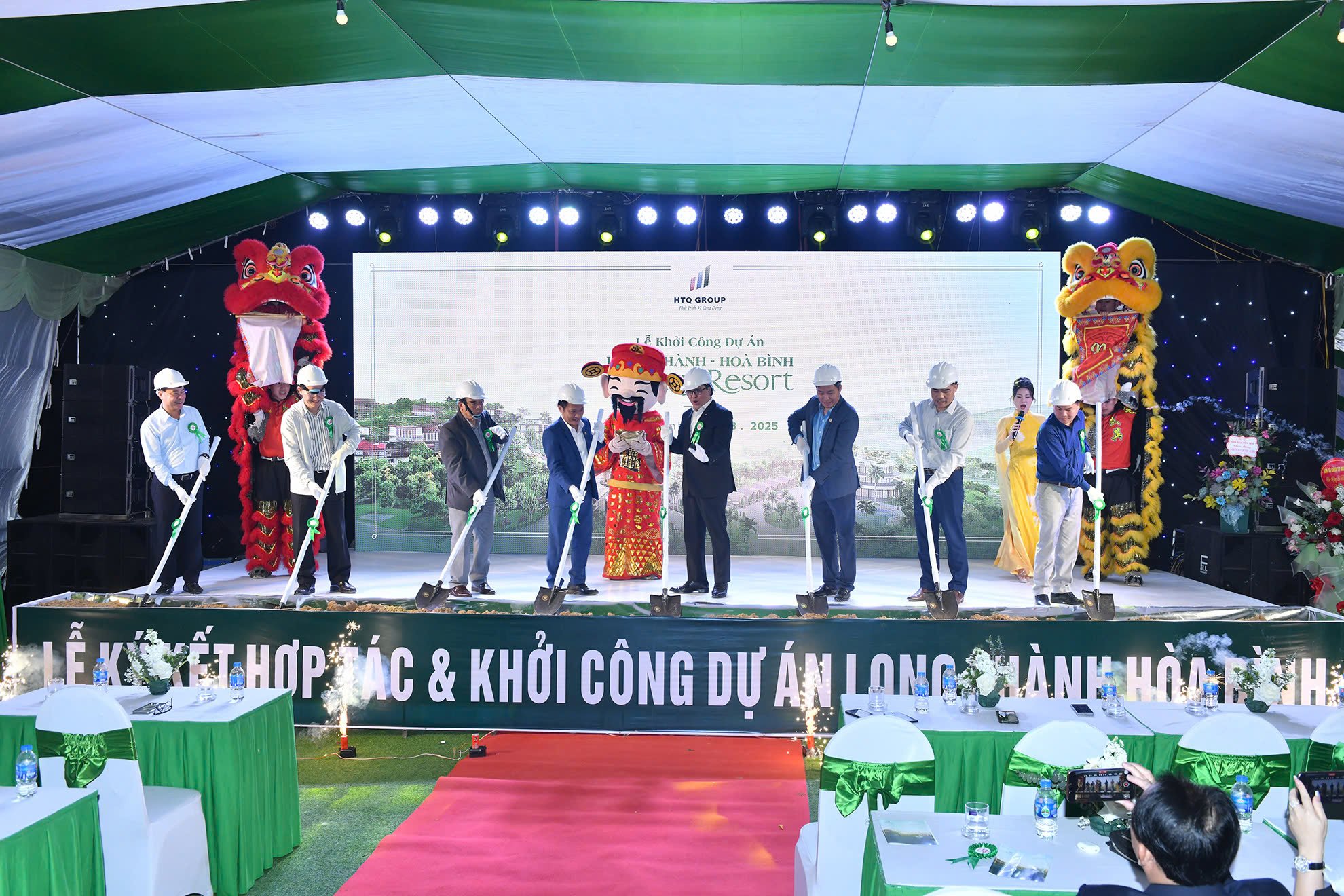
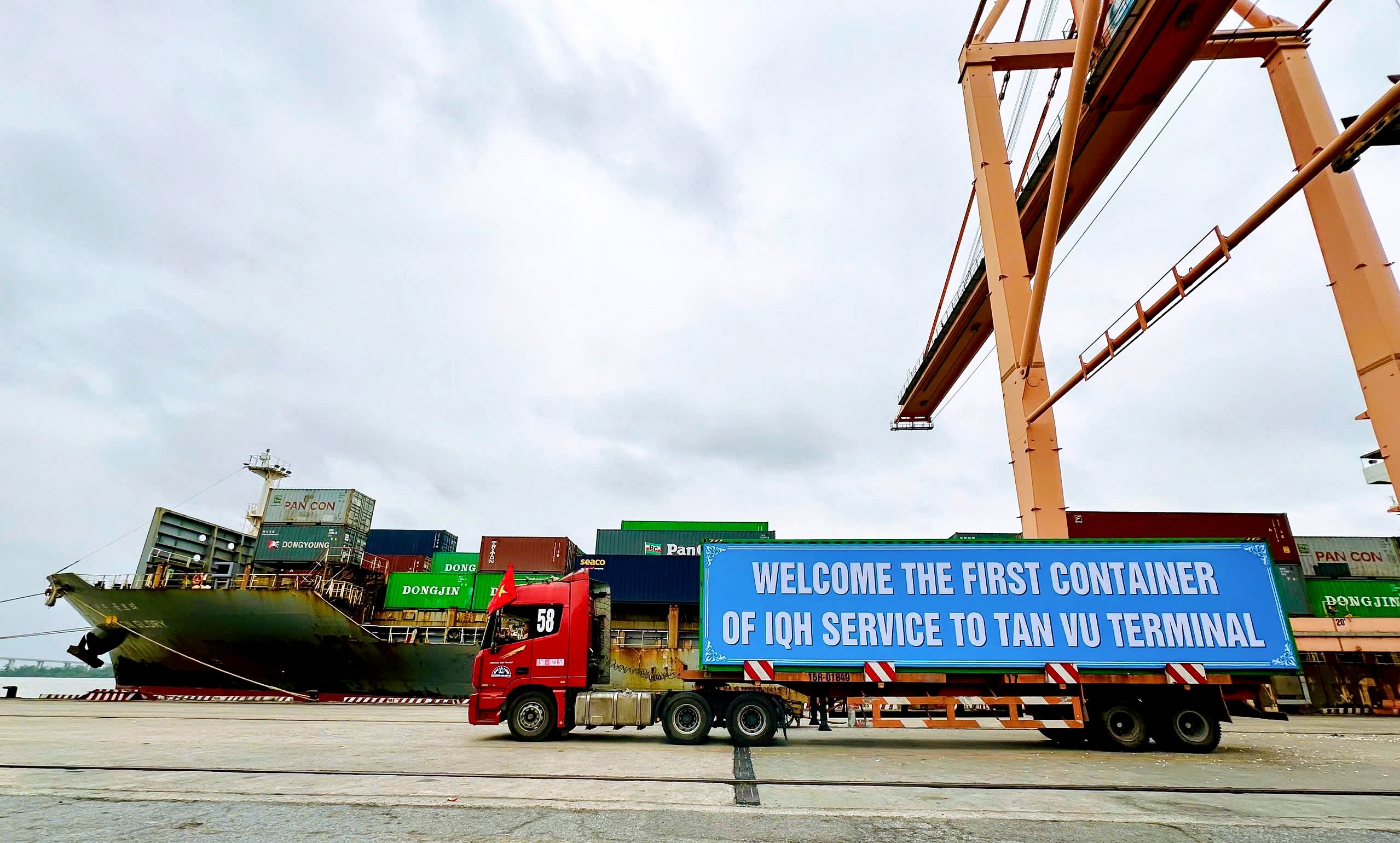






































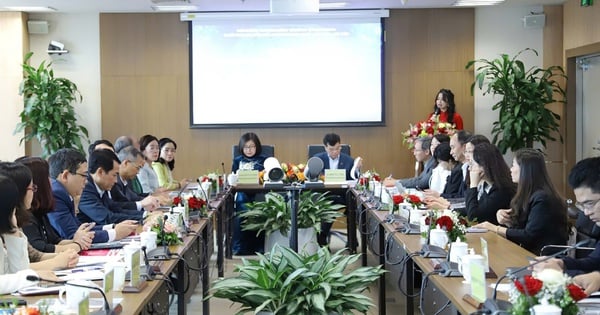




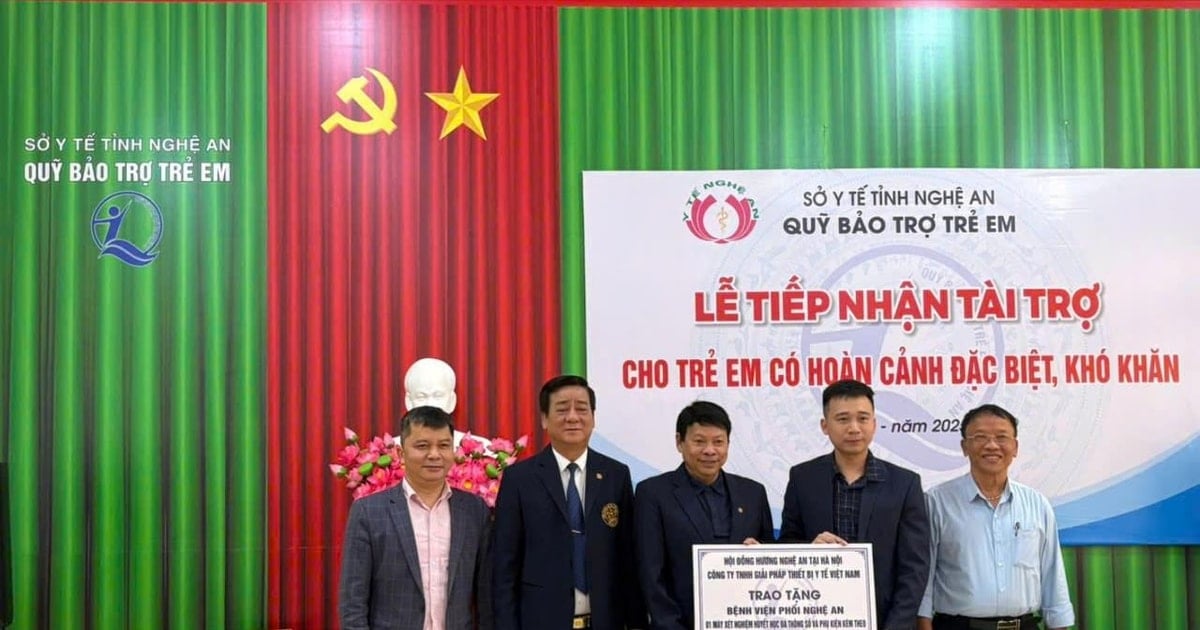

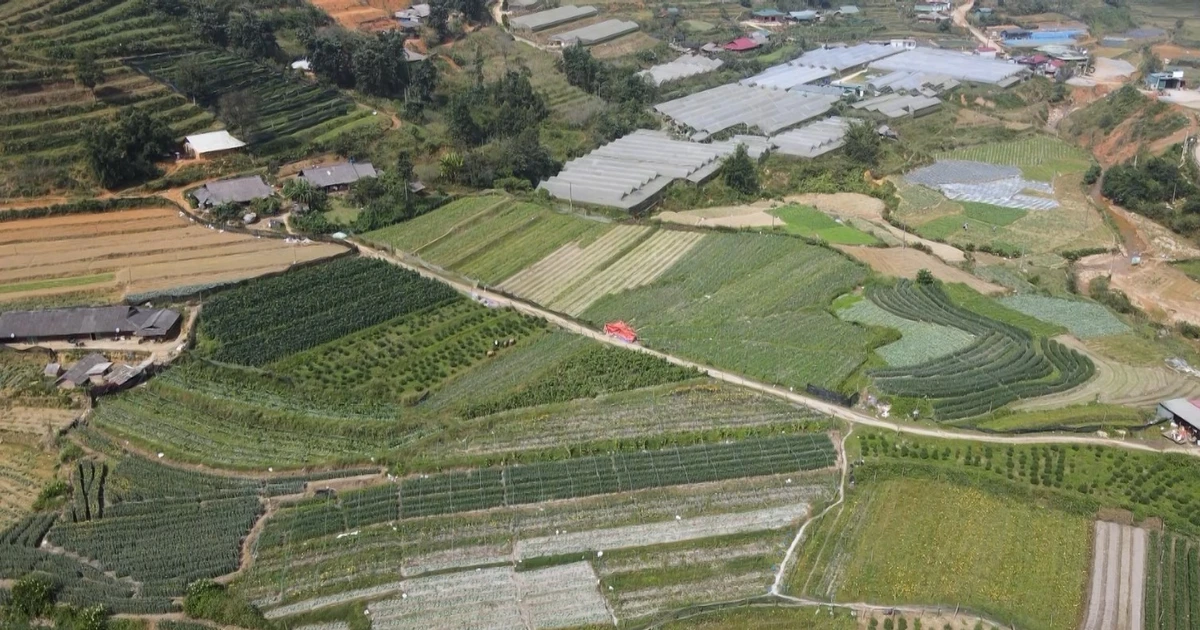

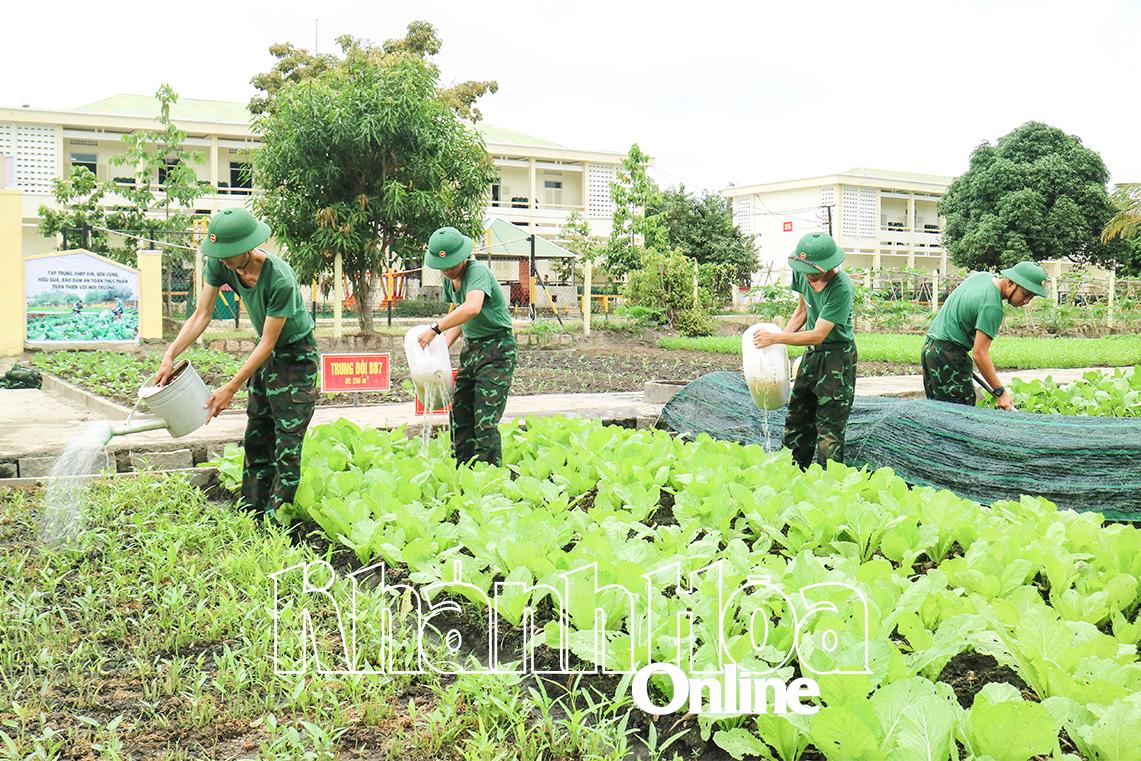



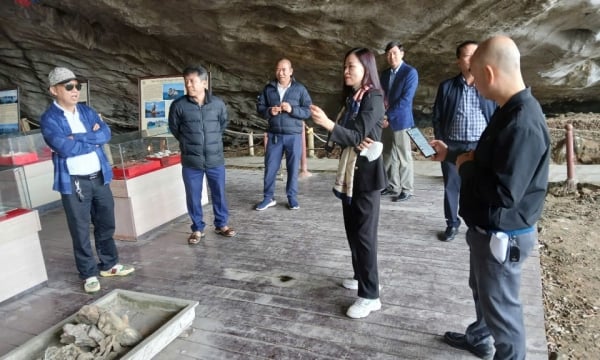














Comment (0)